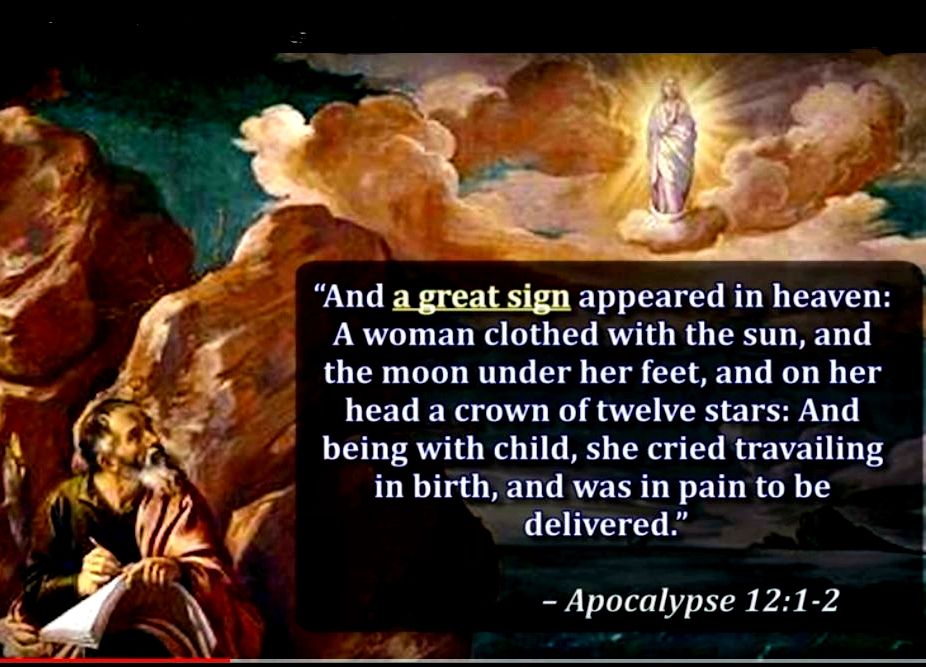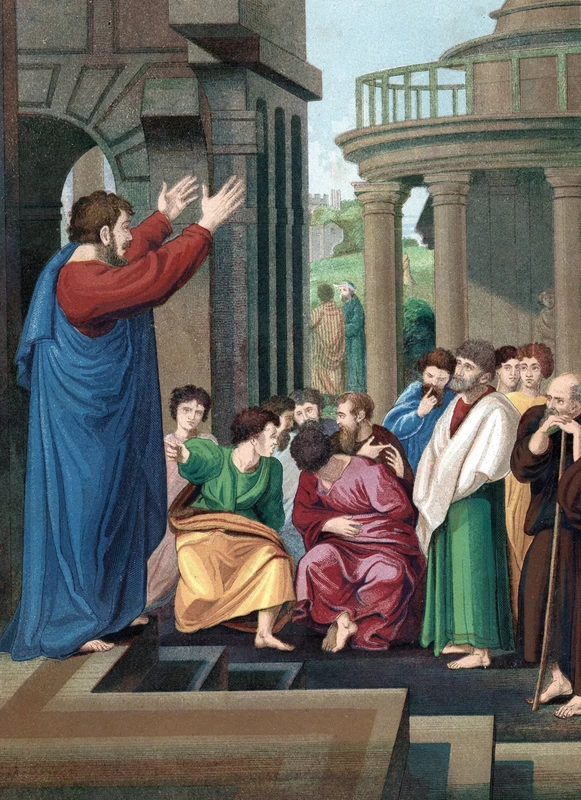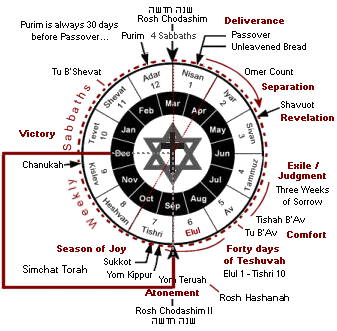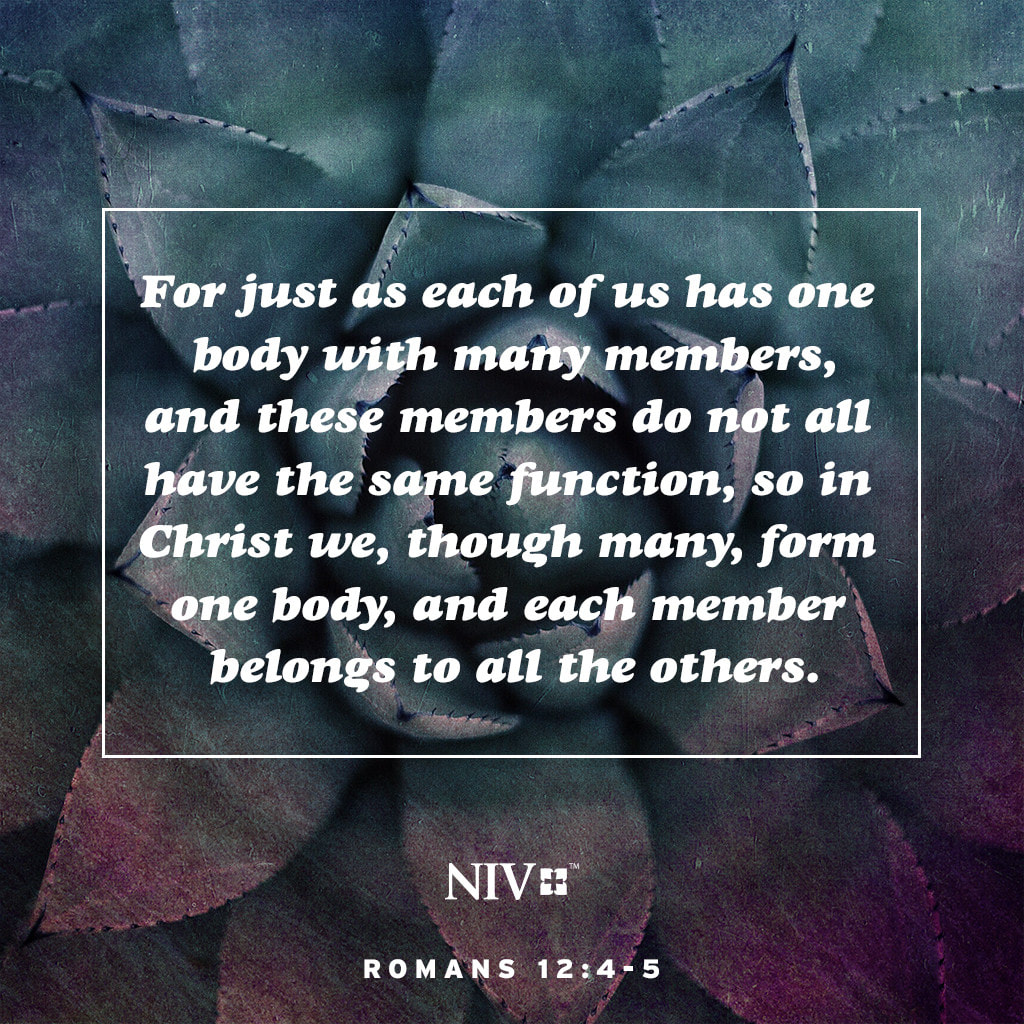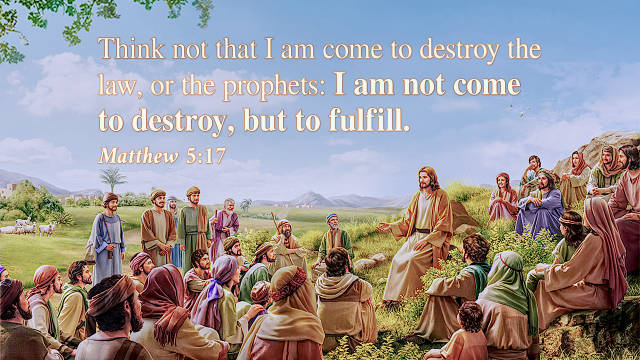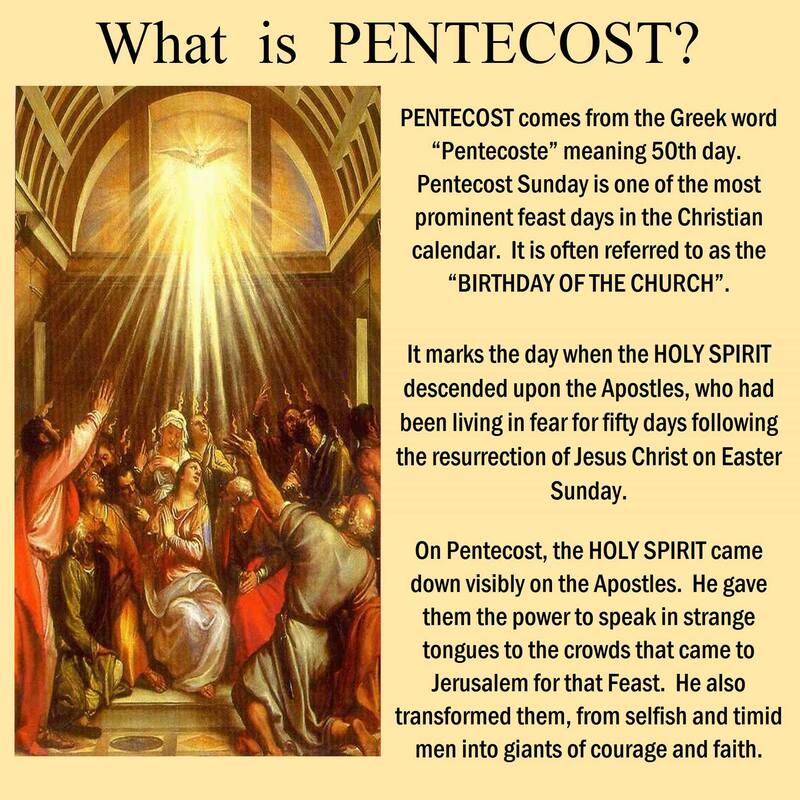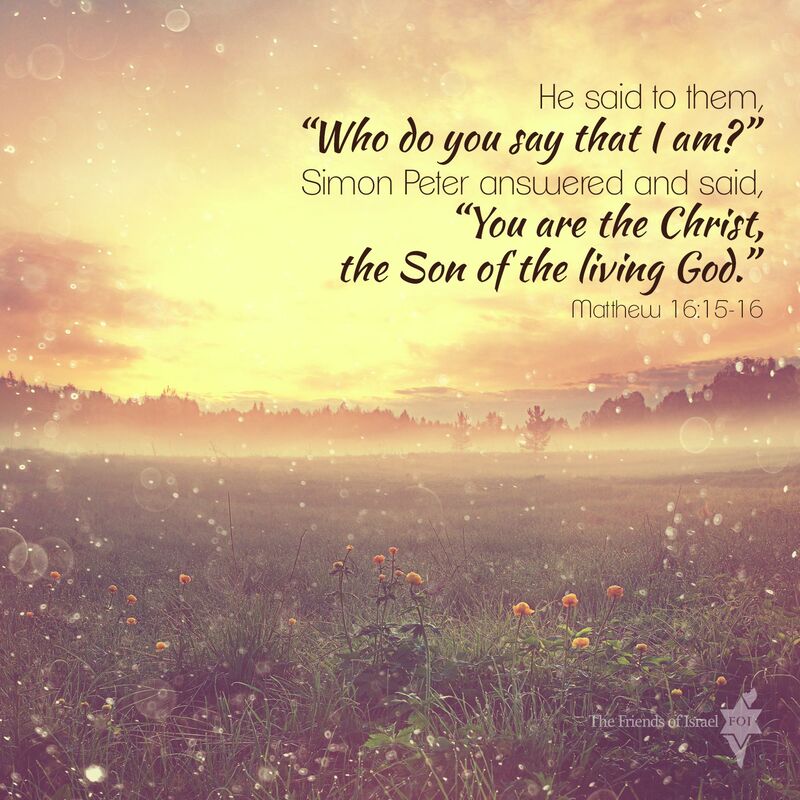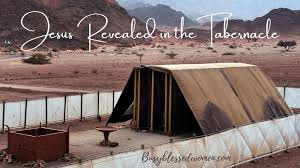The Gospel of John
plays a unique and influential role in the Christian Bible. In this account of the life, death, and resurrection of Jesus, we learn that Jesus is the Son of God, sent by God the Father to give eternal life to all who believe in him.
Jesus repeatedly shatters people’s assumptions, teaching that salvation is not earned but rather is a free gift received through a miracle of grace—through being born again.
John’s Gospel also sounds a constant theme of mission. Just as the Father sent Jesus to earth, Jesus sends his followers to continue his mission by testifying that Jesus is the Son of God so that “whoever believes in him should not perish but have eternal life” (John 3:16).
Of the four Gospels, John was probably the last one written. It is the most theologically and philosophically profound Gospel account. John does not narrate Jesus’ birth. Instead, he begins his Gospel at the very beginning, stating in his opening sentence that Jesus has eternally existed and that “all things were made through him” (John 1:3). John roots Jesus’ identity in eternity past, providing a lofty vision of the Son of God sent to earth as fully God and now also fully man. Other than the feeding of the five thousand, the anointing at Bethany (John 12:1-8), and the passion narrative, John does not share any sizable blocks of teaching with the Synoptic Gospels. John is organized around carefully crafted narrative strands that highlight both the signs and teachings of Jesus. This gives John’s Gospel a sense of depth as the reader is presented with a rich, multi-layered, and cosmic display of the identity, works, words, and mission of Jesus.
John’s purpose is to present Jesus as the Messiah, the Son of God, sent to earth to fulfill all that the Old Testament anticipated: bringing new life—eternal life—to a dark world.
Placing It in the Larger Story
While Matthew focuses on Jesus as the Jewish Messiah, Mark focuses on Jesus as the one who ushers in the kingdom of God, and Luke emphasizes Jesus as the one who welcomes the outsider, John emphasizes Jesus as the eternal Son of God. Through his signs and teaching, through his death and resurrection, and through the mission he entrusts to his disciples, Jesus fulfills all the Old Testament hopes and promises. He inaugurates the long-awaited new age.
Key Verse
“Now Jesus did many other signs in the presence of the disciples, which are not written in this book; but these are written so that you may believe that Jesus is the Christ, the Son of God, and that by believing you may have life in his name” (John 20:30-31).
Date and Historical Background
The Gospel of John was written by the apostle John, the son of Zebedee. He was a Palestinian Jew and a member of Jesus’ inner apostolic circle. John most likely wrote his account of Jesus between AD 70 (when Jerusalem was besieged by the Romans and the temple was destroyed) and AD 100 (the approximate end of John’s lifetime). Most likely he wrote his Gospel in Ephesus, one of the most important urban centers of the Roman empire. John’s Gospel was aimed at both Jews and Gentiles living throughout the Greco-Roman world. John frequently explains Jewish customs and Palestinian geography to non-Jewish readers. John also presents Jesus as the eternal Word that has now become flesh, utilizing the background of Greek thought familiar to his Gentile audience. Yet John clearly also has a Jewish audience in mind: he reveals Jesus to be the Jewish Messiah, the fulfillment of many Old Testament themes, and the eternal Son of God sent by God the Father to mediate a new relationship between God and man.
John thus wrote his Gospel about two generations after the death and resurrection of Jesus. At the time of writing, the other three Gospels had been written and the Greco-Roman world was in a state of change. Jerusalem had been sacked by Rome. Jews were increasingly dispersed throughout the Roman empire, causing Jews and Gentiles to come into even more frequent contact. It is to this mixed and dispersed Jewish and Gentile audience that John directed his Gospel.


 RSS Feed
RSS Feed











